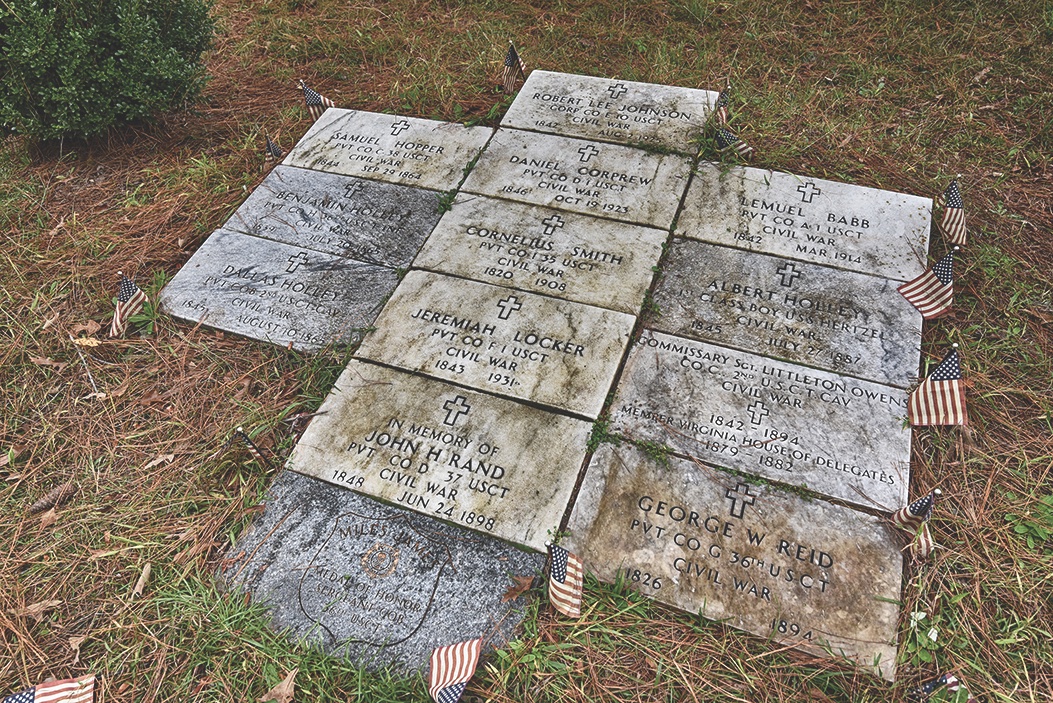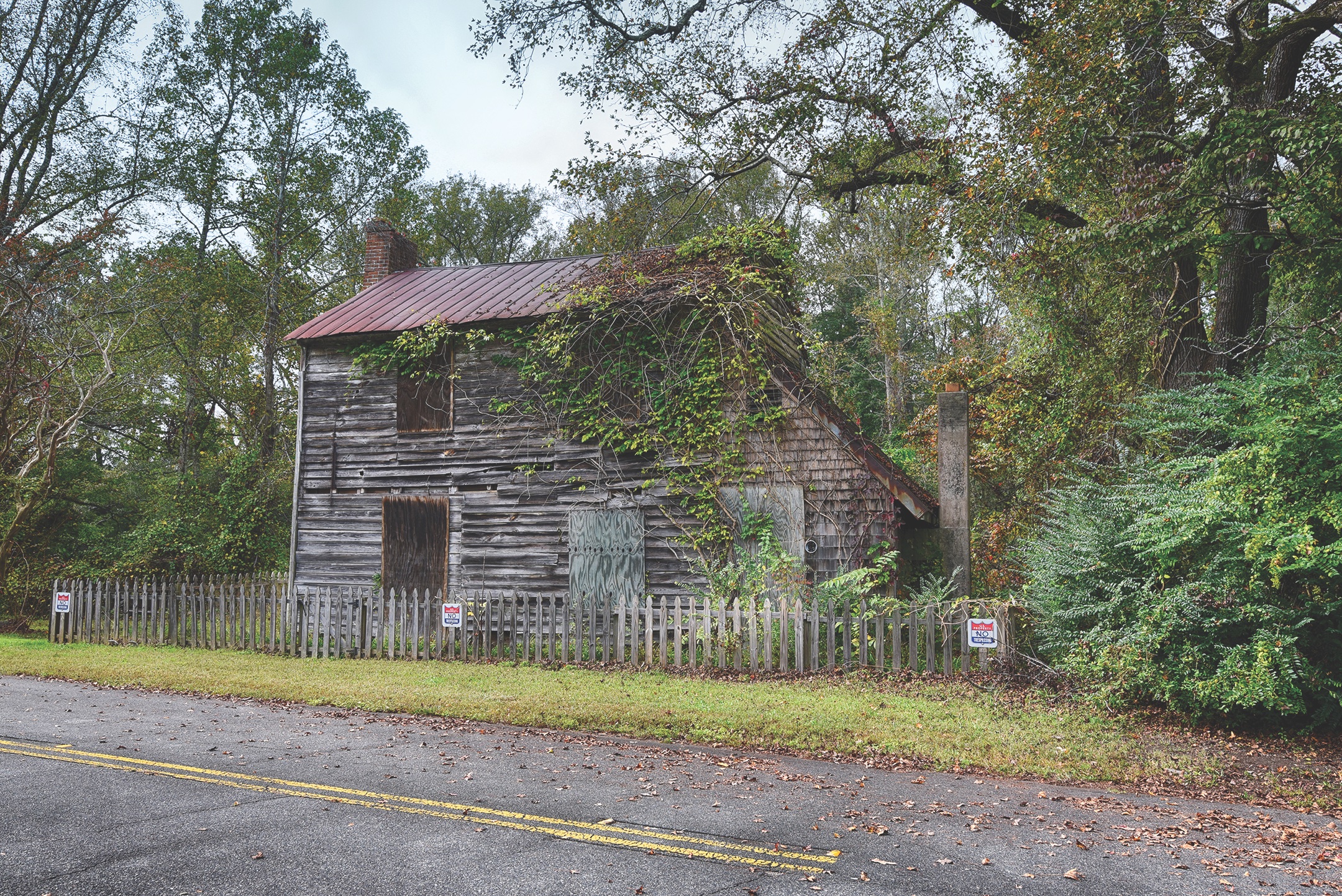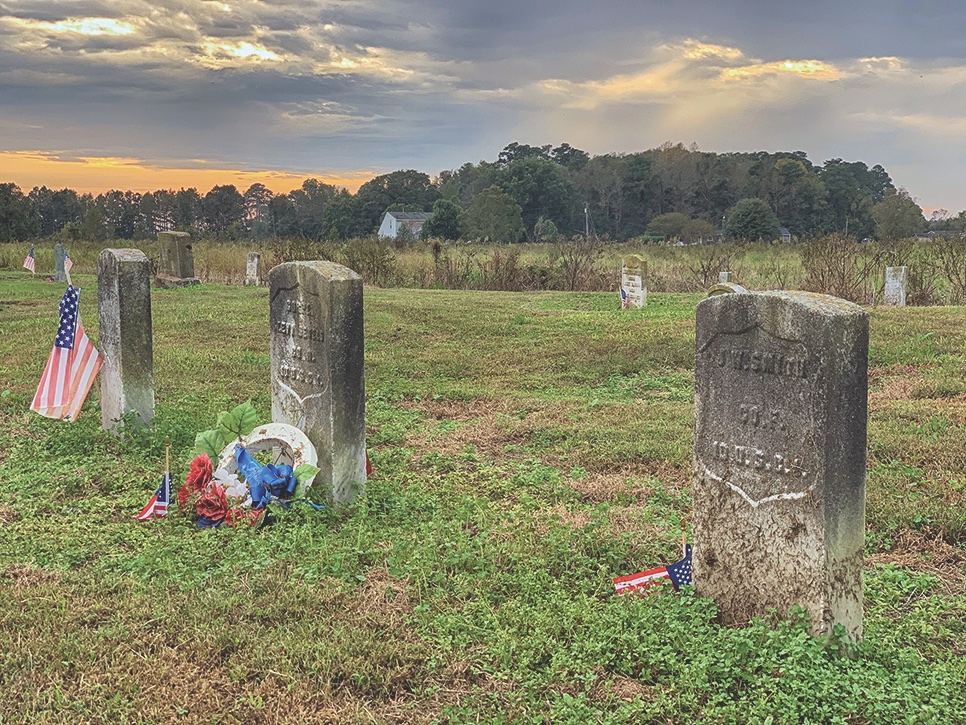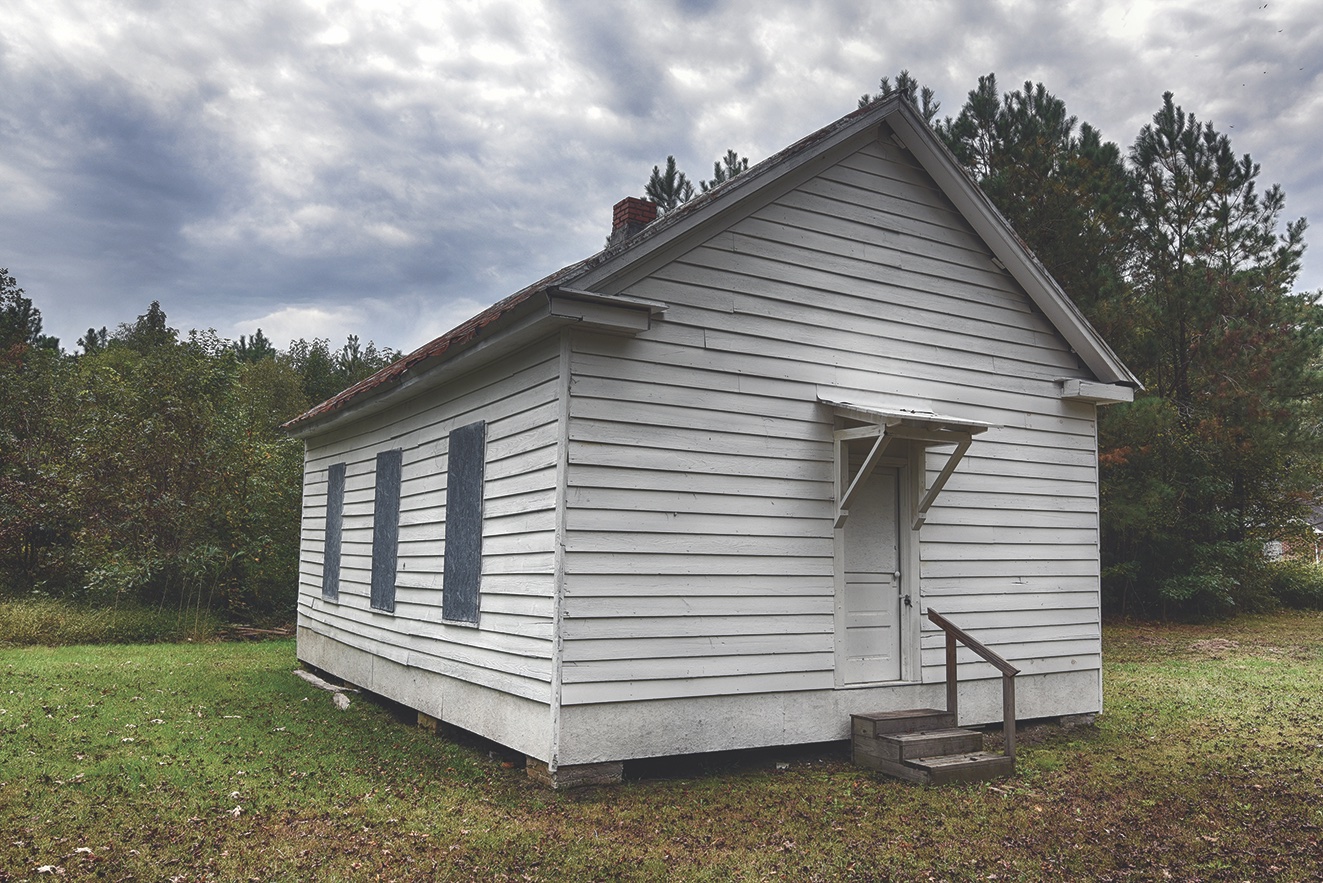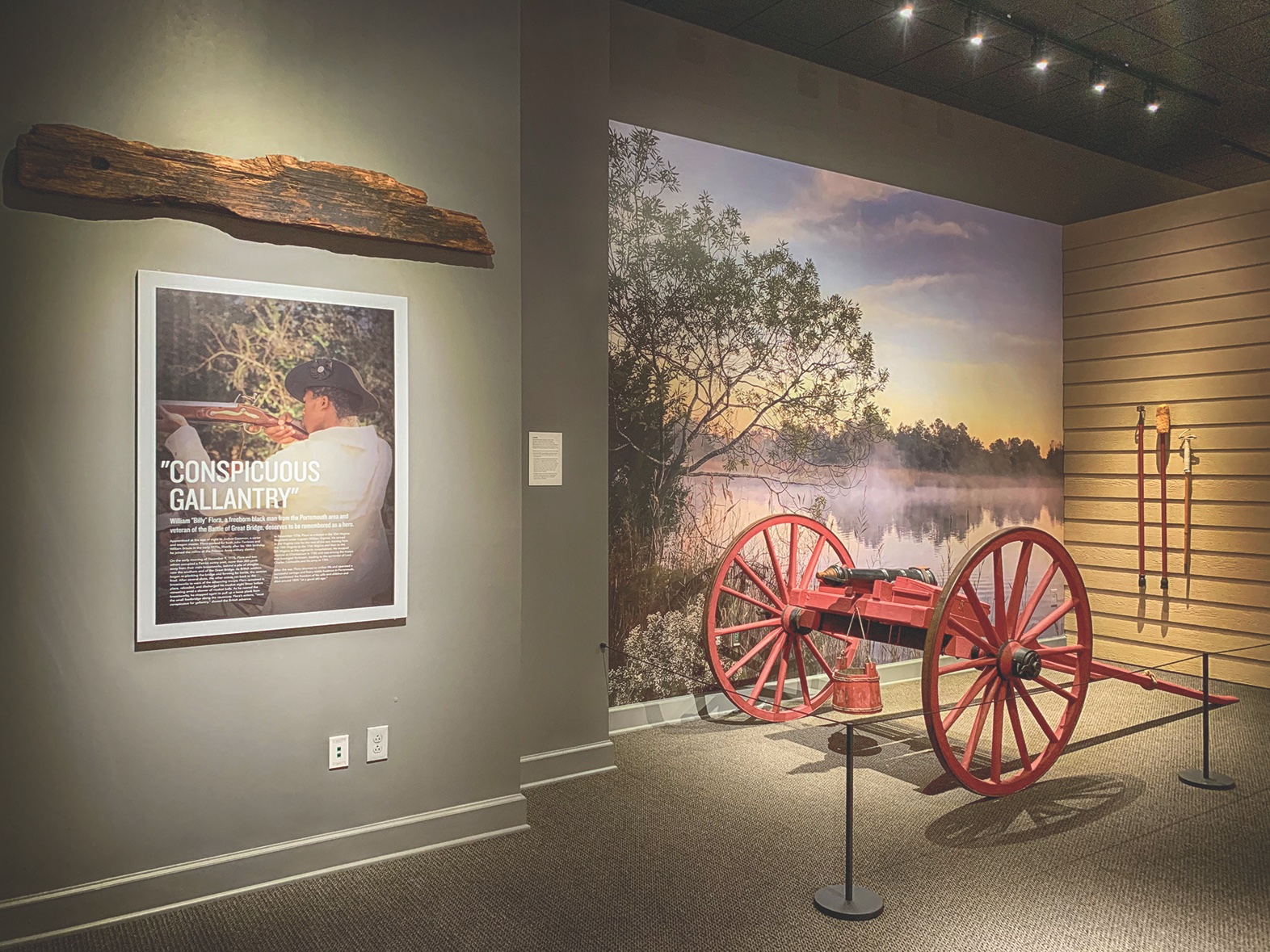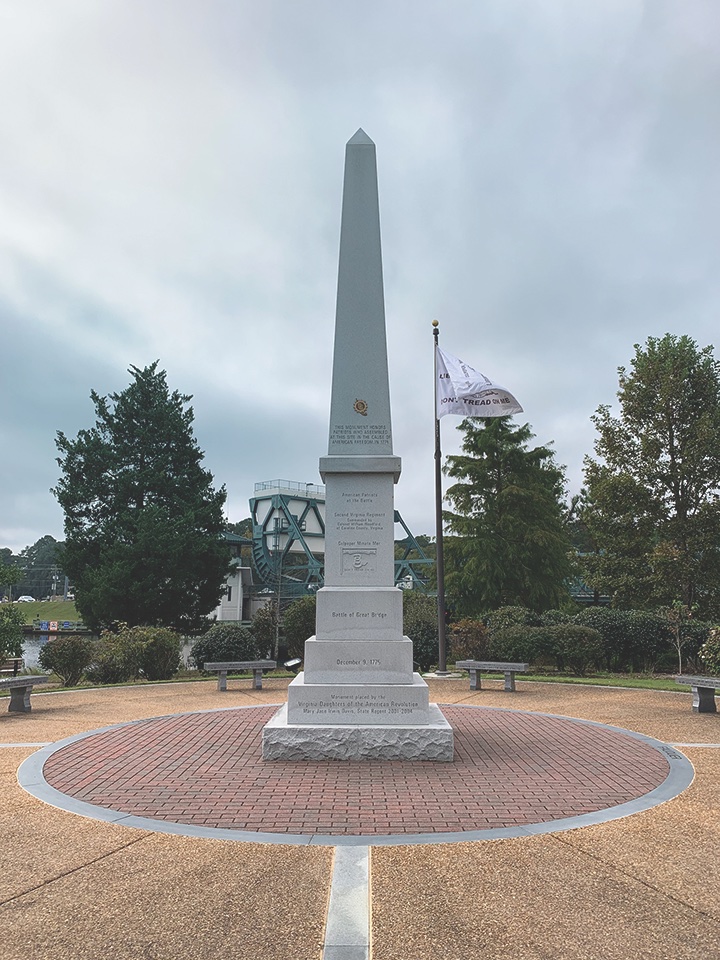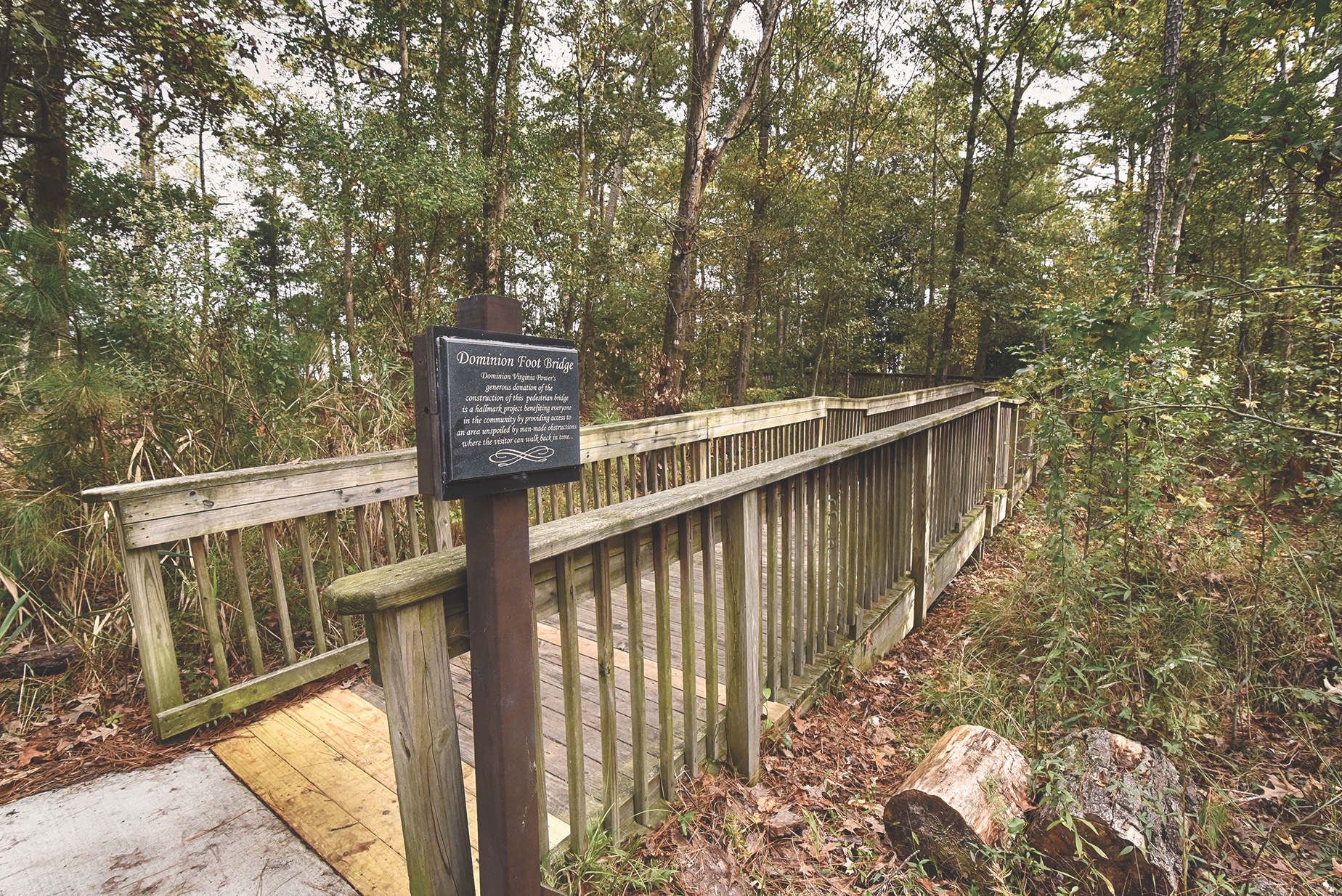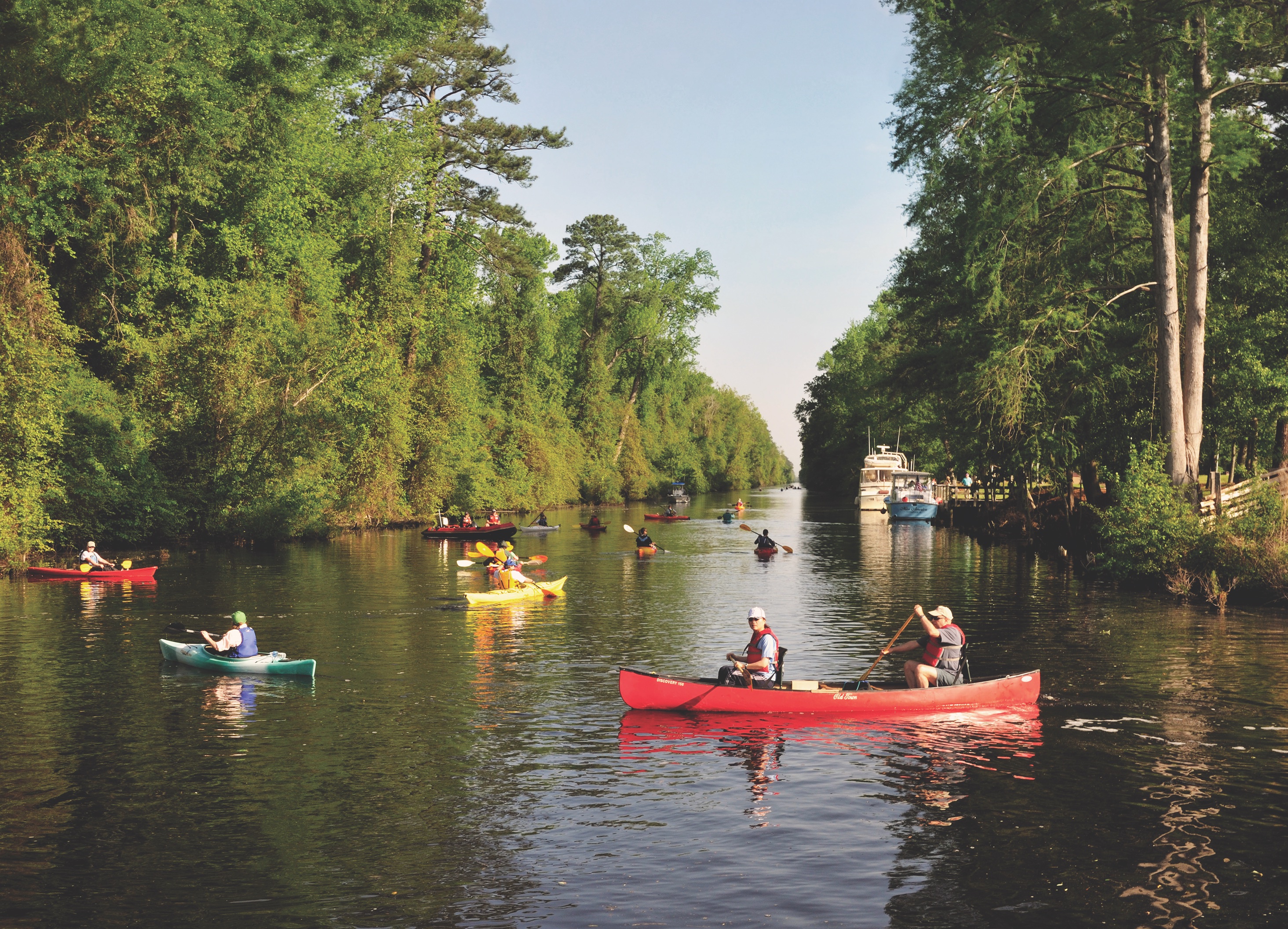Chesapeake, Va., is located just across the border from North Carolina. The town is steeped in the Confederate history so predominant in the South, but the area’s waterways made it a pivotal route on the Underground Railroad, providing safe travel and haven to escaped slaves whose stories also infuse Chesapeake’s history with a rally cry to freedom’s resolve.
The Dismal Swamp’s dense, tangled thorns, muddy terrain, and enormous size enabled hundreds, maybe thousands, of escaped slaves to live here undetected. The Dismal Swamp Canal alternatively offered refugees passage to freer lands. Free African Americans settled several towns in the area, including Cuffeytown, whose origins can be traced as far back as the 1700s. African Americans who fought in the United States Colored Troops during the Civil War later founded a church in Cuffeytown and 13 of them have their final resting place there.
Many more residents of Chesapeake enlisted and fought with USCT regiments and visitors to the area will find Civil War Trails markers interpreting their stories and those of other African Americans throughout the region. You can also pay homage at the Unknown and Known Afro-Union Civil War Soldiers Memorial, where Sergeant Miles James, a Medal of Honor recipient, is memorialized. According to his medal citation, on September 29, 1864, James distinguished himself at the Battle of Chaffin’s Farm. Members of the Chesapeake-based United States Colored Troops Descendants collected donations and placed the marker there.
E. Curtis Alexander, officer-in-charge of the 139-member group, said at its dedication, “I know this is Confederate territory, but we’re all Americans.”
